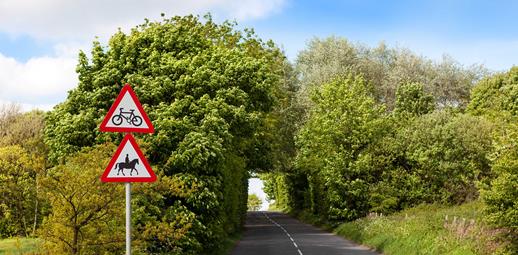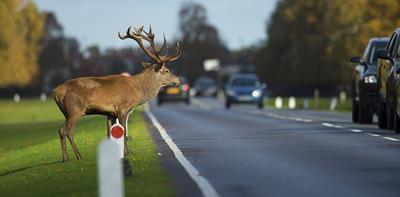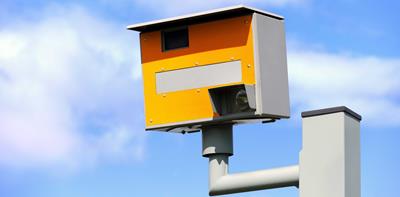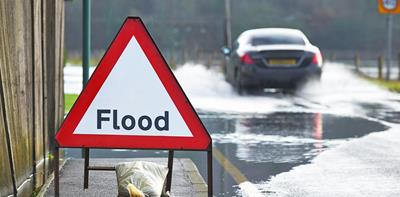
Driving on rural roads can be a joy. You’re surrounded by beautiful countryside and often have long stretches of the road all to yourself.
However quiet and tranquil rural lanes might seem, they can be exceptionally dangerous. In fact, motorists are nearly 11 times more likely to die in an accident on a country road than on a motorway[1].
So, whether you live in the countryside or rarely get out of town, it’s important to be prepared for the nuances and dangers of rural driving.
Look out for hazards
The hazards and obstacles you might encounter on rural roads range from wild animals, livestock and fallen branches, to walkers, farm vehicles and horse riders.
It’s particularly important to stay alert, control your speed and read the road ahead to anticipate potential hazards. If you’re driving at night, there may not be any streetlights, so put your headlights on full beam, but be ready to dip them immediately if you see another car.
Animals on the road
One of the most common hazards on country roads are wandering animals, both wild and livestock.
Drivers should pay particular attention to the risks of colliding with wild animals in areas that are wooded or where there are road signs warning of animals. Read our guide on how to drive safely to avoid colliding with animals.
Horse riders
Horse riders are another common site on country roads.
People who drive on rural roads regularly will know to slow right down and give horse riders as much space as possible.
If you see manure on the road, be prepared to reduce your speed, as it’s a clear sign horses may be near.
Slow moving vehicles
If you get stuck behind a slower-moving vehicle like a tractor, it can be incredibly frustrating.
However, attempting to overtake can be very dangerous, as long, straight stretches of road are hard to come by in the countryside. Also, oncoming vehicles can be hidden by dips in the road and bends. If you’re tempted to try overtaking, bear in mind that if two vehicles headed towards each other are both travelling at 60mph, the gap between them decreases by about 60 metres every second. Also, people tend to overestimate the time they save by overtaking someone and drive faster as a result.
If you’re stuck behind a tractor, remember that they don’t tend to travel very far on main roads before turning off onto a farm track.
Slow down
Though the speed limit may be 60mph on a country road, the likelihood of coming across a hazard, combined with poor road surfaces – such as potholes and faded road markings – and the twisting nature of rural lanes means it’s often not safe to travel at that speed.
In fact, one study of country single-carriageway roads estimated that a 10% increase in average speed results in a 30% increase in fatal and serious crashes.
Watch those corners
Part of the joy of driving on country roads is the variety: the twists and turns, and uphills and downhills, but that also means reduced visibility for drivers - a tractor, an animal or another hazard may very well be just around the bend.
You need to be particularly cautious when approaching a corner, and brake before you start turning. This is especially true on narrow roads.
A useful tip is to use landmarks like telegraph poles and hedges to help work out where the road ahead is going.
Flooded roads
Rural roads are prone to flooding, so plan ahead in wet conditions. If you come across a section of road that appears to be flooded, but you can’t tell how deep the water is, then it’s wiser to find an alternative route.
It’s easy to lose control of your vehicle, or ‘aquaplane’, if you drive through puddles or floodwater. If this happens to you, take your foot off the accelerator and don’t brake until you’ve regained control.
It’s also worth remembering that mud on the roads can be slippery when wet.
If you bear these tips in mind, hopefully you’ll be able to make your countryside journeys safer and more enjoyable.
Go to Solved to read more about driving, the rules of the road and road safety.
[1] https://www.gov.uk/government/news/country-roads-deadlier-than-you-think


